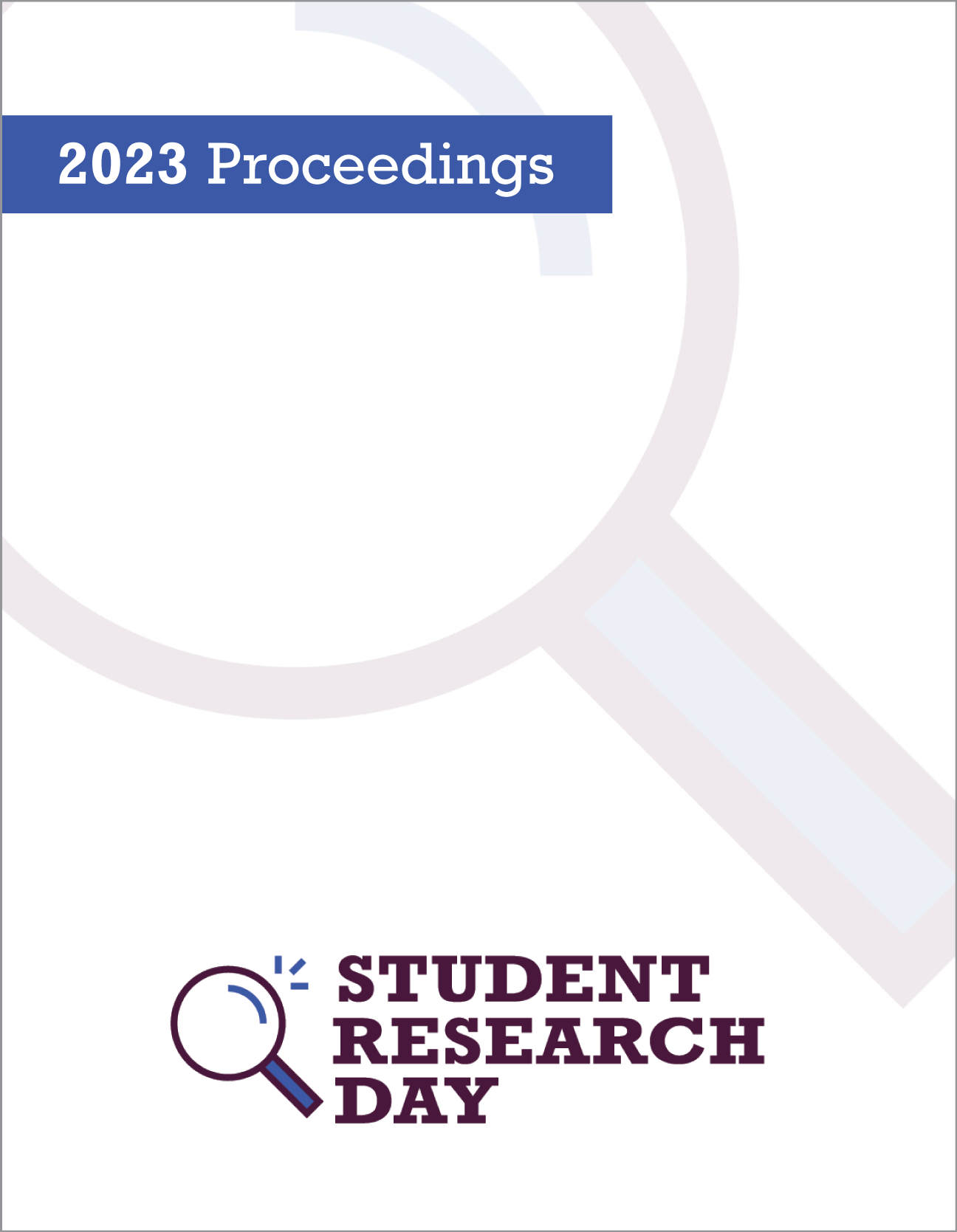Characterization of Microplastics in industrial, highway, residential, and natural storm water ponds in Edmonton, Alberta, Canada
Abstract
Microplastics (plastic particles less than 5 mm in size) are among the primary pollutants found in aquatic environments, and their detrimental effects on marine organisms are of increasing environmental concern. Urban and highway stormwater runoff are important pathways for microplastics to migrate from land use to aquatic environments. However, studies characterising microplastic composition within stormwater ponds remain limited, particularly in Canada. This study adds to this knowledge gap by documenting the concentration, polymer composition, and size of microplastics polluting urban and highway stormwater ponds in Edmonton and investigates the relationship between composition and concentration to land use.
Approximately 1000 litres of water were pumped from 9 stormwater sites that were categorised as either industrial, highway, residential or natural. Microplastics were extracted using density separation and wet peroxide oxidation, and analyzed via Raman microspectroscopy. Microplastics were found in all stormwater samples, with highway and industrial sites documenting the highest concentrations. The dominant polymer was polyethylene, and most microplastics were fibrous and < 200 μm. This study provides evidence that urban runoff is a significant pathway for microplastics to enter aquatic ecosystems and suggests a relationship between landuse and microplastic composition
Faculty Mentor: Dr. Matthew Ross
Published
Issue
Section
License
Authors retain any and all existing copyright to works contributed to these proceedings.



